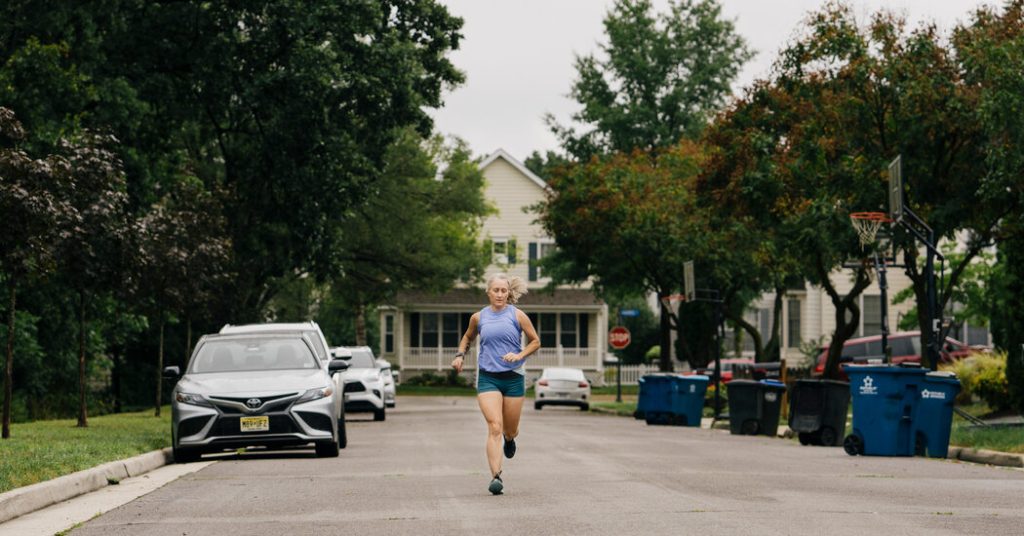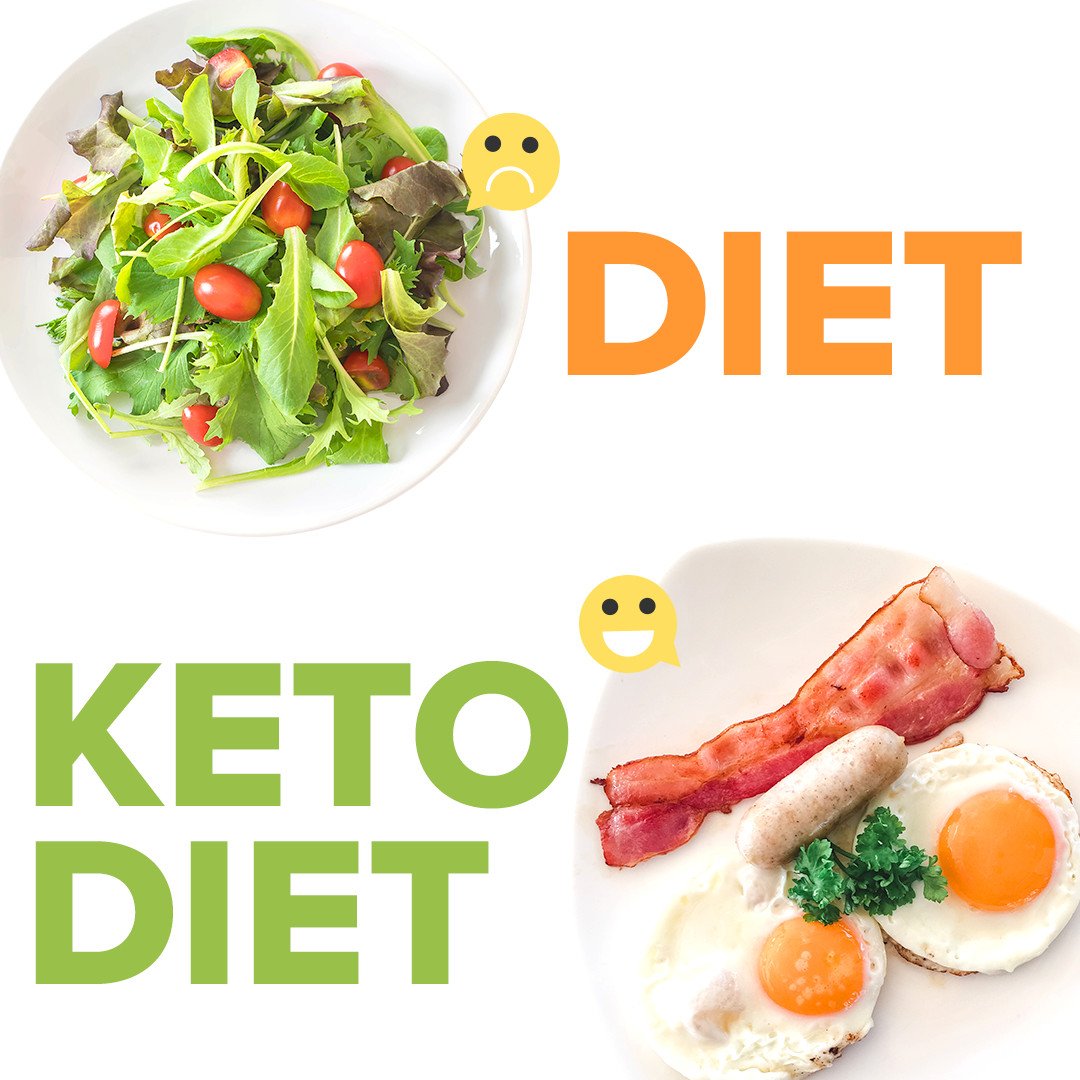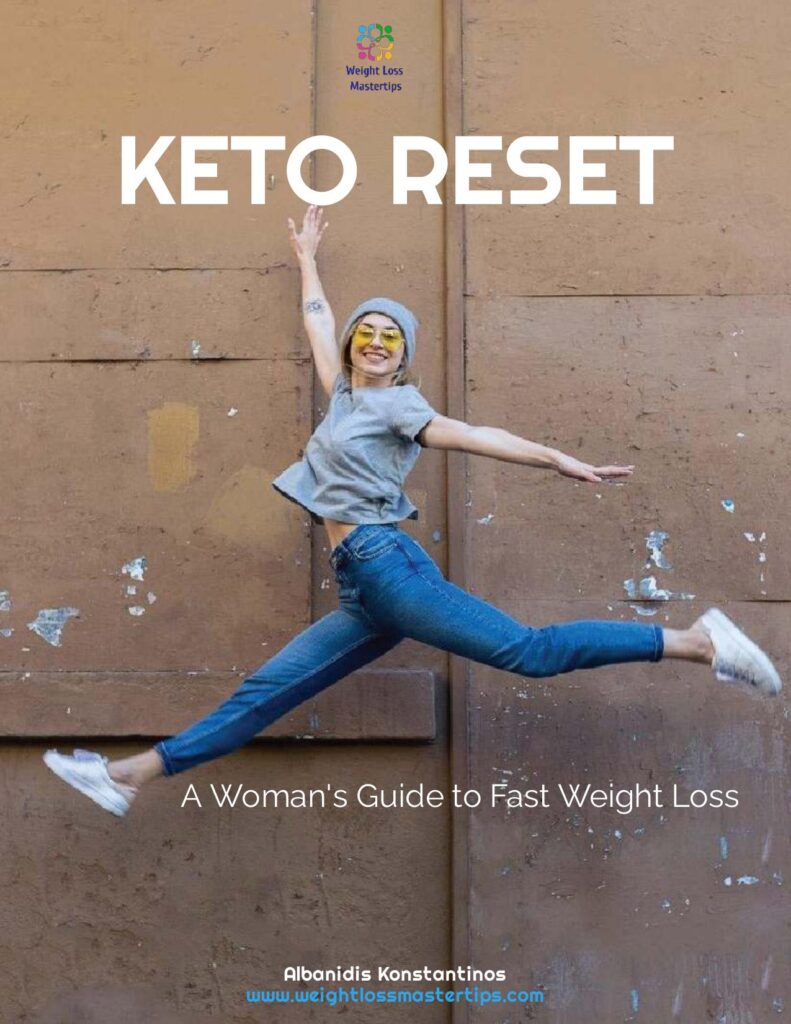When Alison Gittelman turned 49, she discovered that she couldn’t run as quick or so long as she had earlier than. She was an skilled marathoner and triathlete, however instantly, as she entered menopause, her coronary heart price was unusually elevated whereas operating. Her joints harm. She gained weight. She began experiencing debilitating menstrual cramps.
“I hadn’t anticipated this in any respect,” mentioned Ms. Gittelman, now 51. “I assumed I’d breeze by means of menopause.”
Quickly, Ms. Gittelman realized that she needed to regulate her train routine. She began to run much less and rededicated herself to power coaching and mobility workout routines.
Whether or not you’re employed out usually otherwise you’re simply constructing a health behavior, train can really feel tougher as you attain menopause, which typically occurs in your 40s or 50s. However that doesn’t imply you need to dangle up your sneakers. “Exercise is usually a software to construct up your resilience to the shifts which can be going to occur,” mentioned Dr. Alyssa Olenick, an train physiologist who research metabolism and menopause.
In your mid-40s, your ovaries begin producing much less estrogen and different reproductive hormones. This transitional section, known as perimenopause, lasts between 4 and eight years on common. Then, your estrogen plummets.
Past regulating reproductive operate, estrogen performs an essential position in preserving muscle mass and in defending the center, blood vessels, metabolic operate and bone well being. With much less estrogen circulating within the physique, a girl’s threat for diabetes and heart problems will increase. Bone density declines too, leaving girls at higher threat for fractures and osteoporosis.









